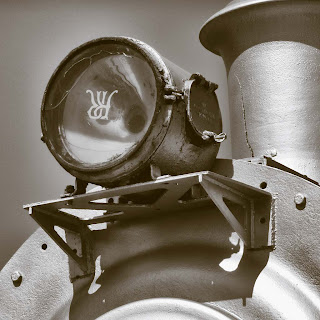So, I have now done my fourth lesson at the jazz drum set, and it was frustrating:
a. I still haven't got my stick technique right;
b. and no answer to where I will be by the time Jason leaves - in five months - other than 'depends on how much you practice', which is not helpful if you only have one practice mat and a book, and the problem is the bass drum and the ride cymbal, which you see once a week.
The obvious solution is to have a real drum set, and I see no benefit to having an electronic one or more practice pads since presumably I am learning drum set to do something, like start a jazz band for example, which at least is a short list. This has nothing to do with commitment. After thinking about this for several days I concluded that I could well set up a jazz band, quite within my nature, but the problem is, can I bring myself to buy something as physically big as a drum set, which won't go in a suitcase? Everything that I own that I value can go in a suitcase, and always has done, so that I can 'flee' at a moment's notice - I've actually only been couped once. And this is what it comes down to, and probably consistent with many others here.
So I have got over this and have ordered a drum set, and the CD 'Song for my Father' by Horace Silver, pianist, a contributor to hard bop, has arrived, which I am listening to now. A quintet, trumpet, tenor sax, piano, bass and drums, entirely different from Miles Davis' Kind of Blue.
I am also learning the viola. I have to tell you that learning a new musical instrument is a real pleasure. I play the flute, but I think re-visiting an instrument that you might have played well is frustrating, while learning a new instrument of a new type is new at every page turn. If you want to be useful, learn a non-school instrument, oboe, bassoon, horn, viola, and then you get to be in the orchestra by default. Ever played in an orchestra? If you want to learn an instrument, facebook Ngoma Dolce Music Academy.
The premiere of Damyna, Damyna is now going to be performed April 4, 2014. I am writing a standard version for a simple ensemble, and then writing another version, very similar, but for an eclectic mix of musicians from Germany and Zambia, including serious percussion capacity, to be conducted by Theo Bross.
























+small.jpg)




























